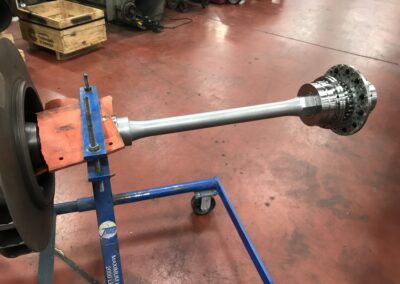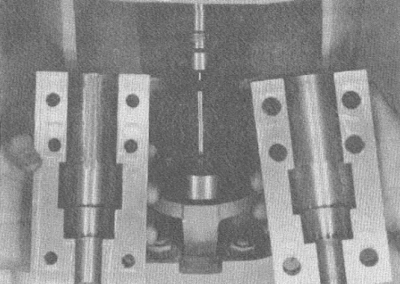
Runout Solution: Vertical Clamp Coupling
A refinery customer had a series of Ingersol-Rand VOC vertical pumps throughout the plant. Those pumps used clamshell couplings (as seen in the original IR manual below). The plant kept replacing these couplings over the years, but always with the same original clamshell design.
Clamshell Coupling Problems
On these units, the seals were failing very quickly causing more downtime and frustration. During every seal change, the plant disassembled and reassembled the clamshell coupling. During the installation process, the mechanics would check the runout on the pump shaft, and they typically found values of 0.030” to 0.040” (0.76mm – 1mm). Unfortunately, there was no good way to consistently adjust the couplings to correct the runout. It became clear over time that the poor alignment was the major cause of the premature seal failures. For good information on vertical pump seals, check out this article from Pumps and Systems on Vertical Turbine Pumps.
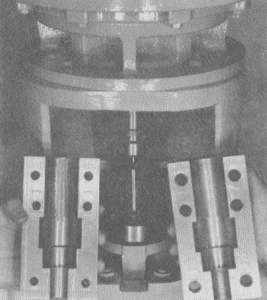
Picture of the original clamshell coupling.
New Coupling = Better Runouts
The plant discovered the patented CCA Vertical Clamp Coupling, viewing it as a potential solution to their problem. They started off with a coupling to try on one unit. The Clamp Coupling consists of 3 pieces – the motor clamping hub, the pump clamping hub and the center spacer. The mechanics set the pump lift by positioning the clamping hubs in positions that leave the desired space between the hub flange and the spacer flange. Then, when the flange bolts are installed and tightened, it lifts the pump shaft to the desired height. Once the flange bolts were tightened, the mechanics spun the pump by hand, and the the pump shaft runout read less than 0.010” (0.25mm) once installed. Although this was already better than the original coupling, they hadn’t even used the alignment feature of the coupling.
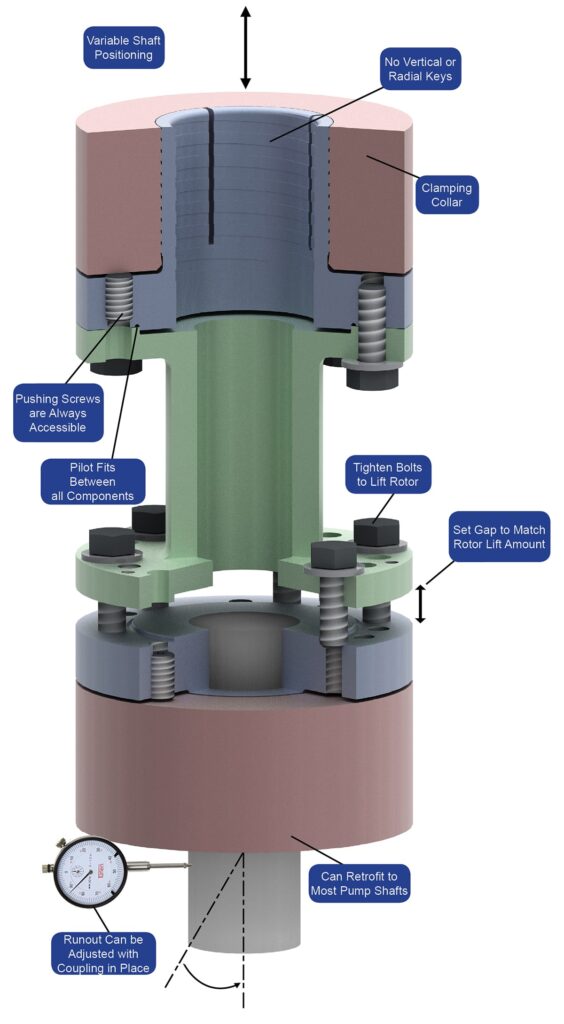
Vertical Clamp Coupling diagram
The mechanics used the alignment adjustment capability of the Vertical Clamp Coupling to make some minor adjustments. The top and bottom loading screws are slightly tightened to tweak the alignment, and an indicator can show the slight movements as they are made. Within minutes, the pump shaft runout dropped to 0.002” (0.05mm). After the change, the seal lasted much longer than expected.
With that success, the plant started changing all of the pumps to the Vertical Clamp Coupling. For more information about the Vertical Clamp Coupling, watch this Empowing Pumps webinar for a discussion on the product.
Contact Us Today
"*" indicates required fields
Recent Posts

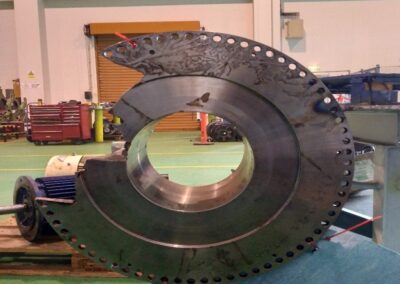
Lady and the Clamp
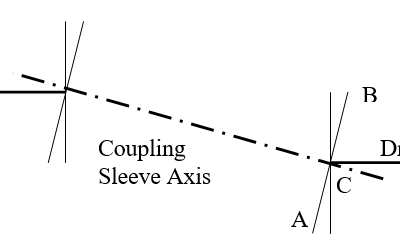
Why Machine Alignment Matters
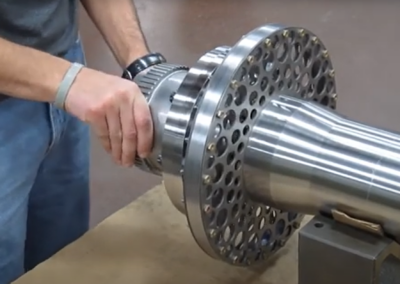
Vibration Transmission in Couplings
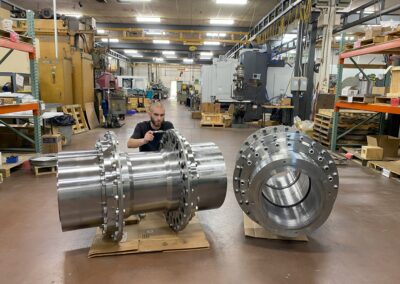
I Like Big Hubs (and I cannot lie)
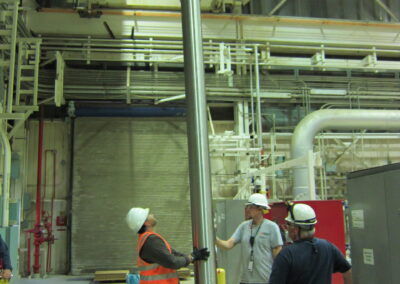
Circ Water Success
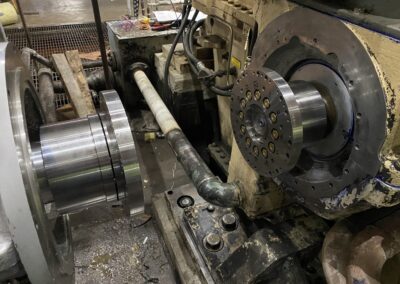
Surprise BSE Change
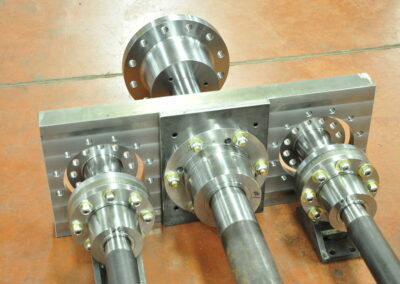
How CCA Saved a Customer Millions
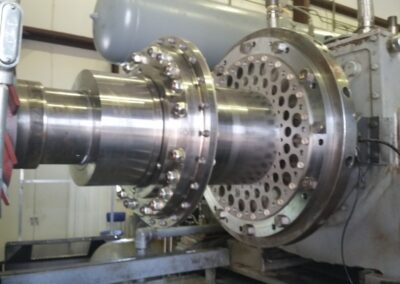
FLEXXOR Coupling Reduces Vibrations in Gas Compression Application
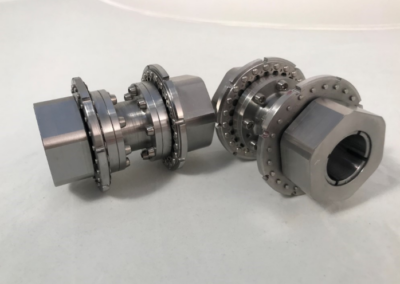
New Year’s Resolution: Coupling Weight Loss
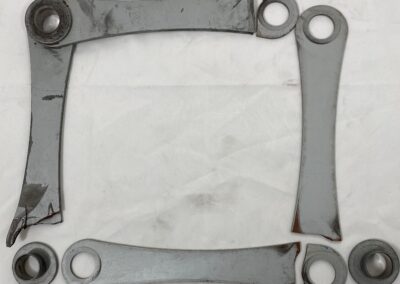
Downtime – Way Up in the Sky
